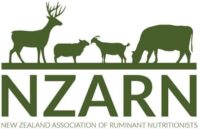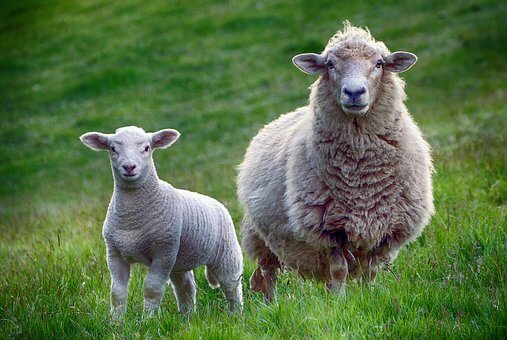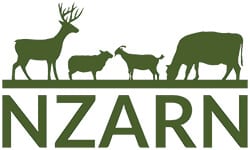Over the past thirty years NZ lamb exports have been maintained. At the same time breeding ewe numbers have declined by 45%, lambing percentage has increased to 123% and lamb carcass weight has increased to 17.5 kg. Going forward, producers want to be more profitable, but increasing productivity (e.g. lambing percentage or lamb carcass weight) is not the solution. The series of studies presented evaluates ewe efficiency.
Objectives:
- Increase awareness of the importance of ewe efficiency to productivity (litter weight/ kg ewe live weight)
- Measure within flock variation in ewe efficiency
- Demonstrate per ewe and per ha output of high and low efficiency ewes
There is tremendous within flock variation in ewe efficiency. Small and large ewes of equal BCS from 8 commercial flocks of twin-bearing ewes were run separately from lambing to weaning. Small ewes (59.3 kg) had 10% greater weaning weight/ha and 18% carcass weight/ha as compared to large ewes (70.8kg).
Phase 3 of the study found a diminishing effect of joining weight on increases in ovulation rate. Increasing frame size of the ewe is unlikely to increase the number of lambs per hectare. The nutritional implications is that differential feeding levels is justified for small and large ewes pre-joining. If there is limited resource, feed animals who give the better response first; e.g. growing a 62 kg ewe to 66 kg pre-mating may give a better response than growing a 75 kg ewe to 78 kg.
NZARN members a full copy of the presentation is available below if you are logged in.
Non-members looking for more information are encouraged to use our ‘contact a nutritionist’ form and ‘member directory’ to find a member who can help them answer their questions.
If you are a Rural Professional interested in joining the NZARN please see our ‘membership’ section.


